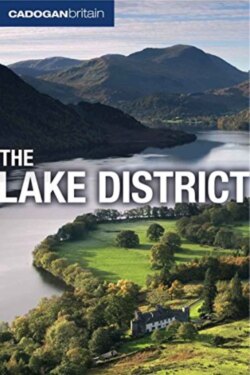Читать книгу Britain: The Lake District - Vivienne Crow - Страница 29
На сайте Литреса книга снята с продажи.
The Early Travel Writers
ОглавлениеWe have already seen how that intrepid traveller Celia Fiennes felt about the Lake District (see here). Daniel Defoe, the author of Robinson Crusoe, was even less impressed. Writing in his A Tour Thro' the Whole Island of Great Britain in 1724, he described the Westmorland landscape as ‘the wildest, most barren and frightful of any that I have passed over in England, or even Wales itself; the west side, which borders on Cumberland, is indeed bounded by a chain of almost unpassable mountains which, in the language of the country, are called fells.’ This seems a million miles away from the pastoral idyll and the awesome scenery that the Romantic writers later made famous.
It was only much later in the 18th century that writers began to look at those wild mountains and lakes in a more ‘romantic’ light, delighting in the human response to Mother Nature’s magnificence. Thomas Gray, in his Journal In The Lakes, written in 1769, describes the view from beneath Walla Crag as ‘the most delicious view that my eyes ever beheld’. He writes of the ‘green and smiling fields embosomed in the dark cliffs’, the ‘turbulent chaos of mountain behind mountain, rolled in confusion’ and the ‘shining purity of the lake’.
The first travel guide, as such, was Thomas West’s A Guide To The Lakes, published in 1778. This is a more practical piece of writing, intended to help would-be visitors. ‘From Ambleside to Keswick,’ he wrote, ‘sixteen miles of excellent mountain road, furnishes much amusement to the traveller. If the season be rainy, or immediately after rain, all the possible variety of cascades, waterfalls, and cataracts, are seen in this ride; some precipitating themselves from immense heights…’
